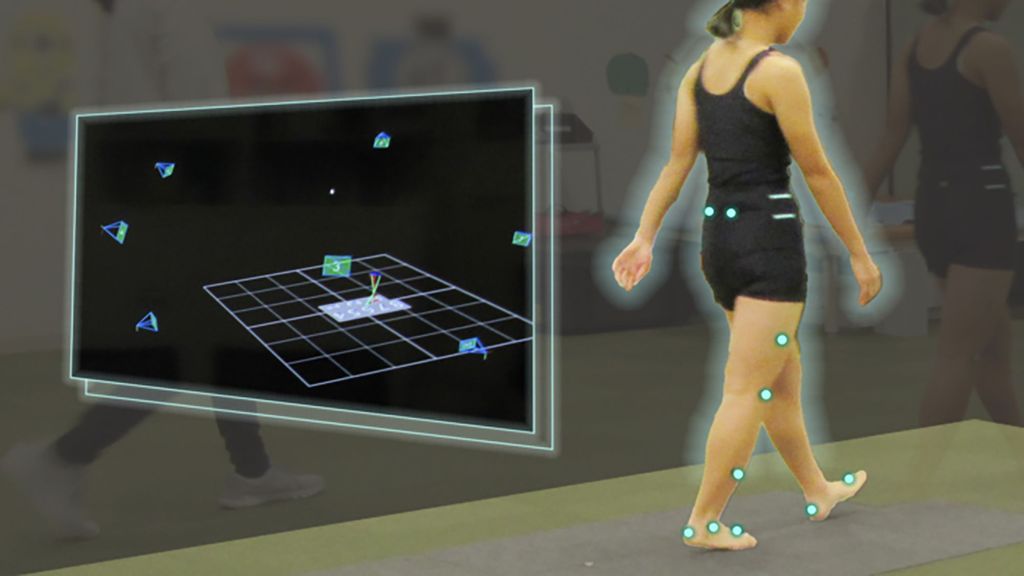
Japanese children walk differently to peers from other countries – because of their healthy diet, according to new research.
They are among the healthiest in the world – eating raw or just lightly cooked fresh ingredients. Fewer than one in five are overweight – and it shows in their gait.
The finding has implications for abnormalities like ‘intoeing’ and ‘outtoeing’ – where the feet are not aligned with the legs.
The study was published in the Scientific Reports journal.
Lead author Dr. Tadashi Ito, of Nagoya University, said: “We believe differences in lifestyle, build and cultural factors all affect Japanese children’s gait.
“This is not likely to affect the health of Japanese children. But it does indicate characteristics different from those of children in other countries.”
Another significant reason could be school meals – an integral part of everyday life for Japanese children since 1889.
Rice balls and grilled fish were given to children living in poverty in remote communities in the north. The program was expanded in the aftermath of WWII.
They are made from local ingredients – such as baked cod with sweet corn and bok choy, served with minestrone soup and a carton of milk.
Dr. Ito and colleagues analyzed 3D data recorded by markers attached on the lower limbs of participants.
Gait is a complex, unconscious motor pattern, essential for most daily activities. It comprises a sequence of movements that involve the hip, knee, and foot.
From a medical point of view, it is critical to measuring quality of life and health. The forces involved help treat people with movement disorders.
The study was based on 424 students recruited from two primary schools. It found patterns differed by age.
There was an increase in cadence, the number of steps performed in one minute, among eleven and twelve-year-olds compared to six to eight-year-olds.
There was also a reduction in step and stride in the former group compared to those aged nine and ten. And they had less range of motion of the knee during the gait cycle.
As children aged, a higher ‘plantarflexion’ was observed – the motion when you point your toes at the start of the walking movement.
Added Dr. Ito: “These results provide an important tool for assessing normal and pathological gait and can determine the effectiveness of orthopedic treatment and rehabilitation for gait disorders.”
Japan’s staple food is rice. The advantage of short-grain rice, preferably brown, or haiga partially milled rice, is it is water-rich when cooked, fluffy – and much lower in calorie density than bread or pasta.
All that belly-filling rice might also displace less healthy foods – reducing the overall number of calories eaten.
Produced in association with SWNS.
Recommended from our partners
The post Japanese Children Walk Differently To Kids From Other Countries, According To Research appeared first on Zenger News.










